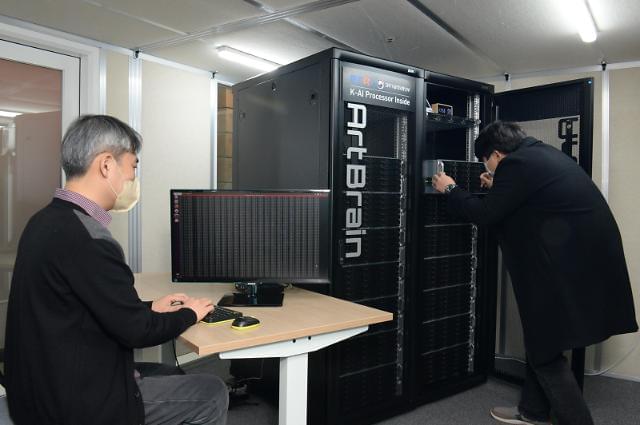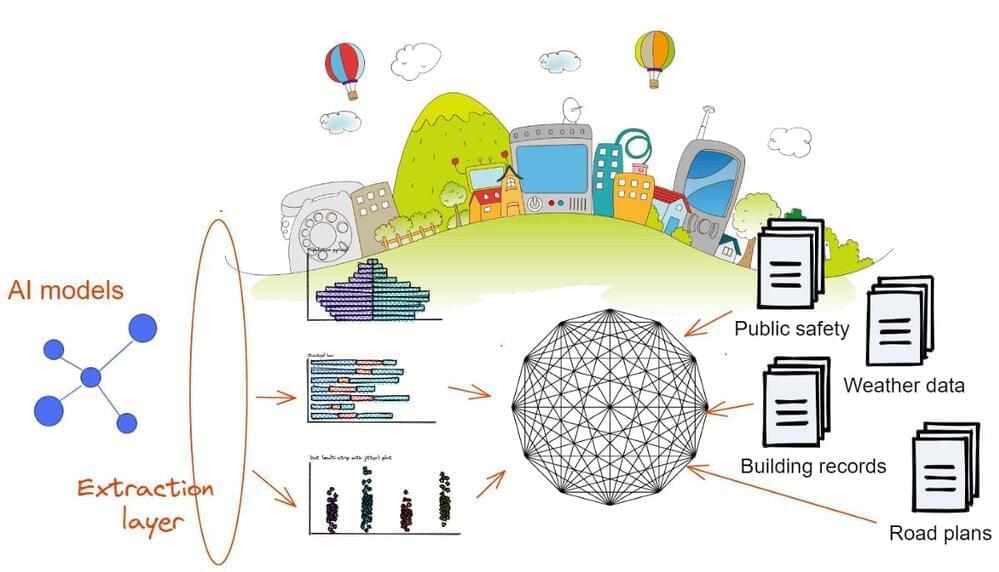This is lecture 3 of course 6.S094: Deep Learning for Self-Driving Cars taught in Winter 2017. This lecture introduces computer vision, convolutional neural networks, and end-to-end learning of the driving task.
INFO:
Slides: http://bit.ly/2HdXYvf.
Website: https://deeplearning.mit.edu.
GitHub: https://github.com/lexfridman/mit-deep-learning.
Playlist: https://goo.gl/SLCb1y.
Links to individual lecture videos for the course:
Lecture 1: Introduction to Deep Learning and Self-Driving Cars.
Lecture 2: Deep Reinforcement Learning for Motion Planning.
https://youtu.be/QDzM8r3WgBw.
Lecture 3: Convolutional Neural Networks for End-to-End Learning of the Driving Task.




